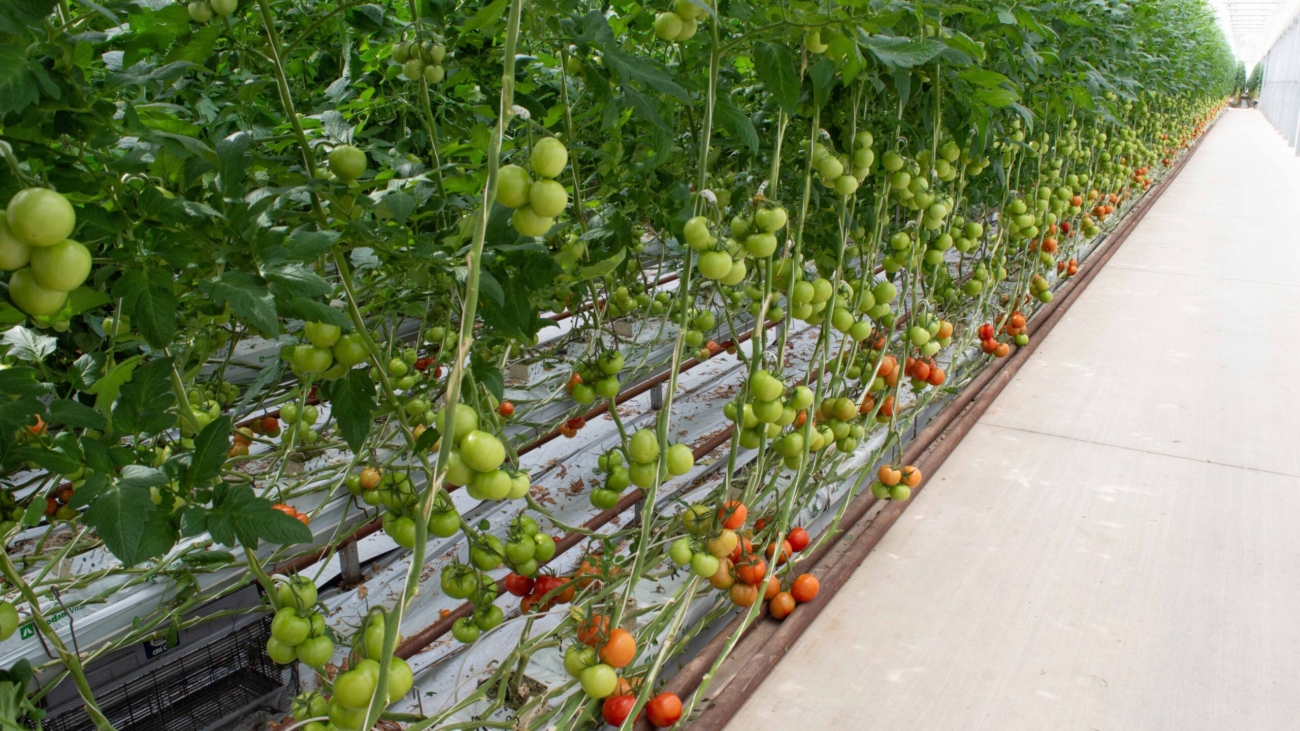Prevention from bacterial and viral infections in tomatoes is a key aspect of cultivation, from the open field to the greenhouse. It is now known that irrigation water and the irrigation system can be sources of inoculum for transmission of problems that reverberate with viral and bacterial infections in the crop leading to loss of production and the need for containment treatments.
For years now, water and irrigation system disinfection with ozone has been a hot topic. Ozone (O3) has a very interesting biocidal activity because it is derived from oxygen (O2) and once it has reacted and performed disinfection it returns to the molecular oxygen state thus releasing no residue in water.
An important feature is that this is done in seconds, so it can be done directly in-line on irrigation water without the need for the introduction of storage tanks. With work done in collaboration with a research institute in Belgium, we have also shown that under appropriate conditions (replicable in our treatment machines) it is possible to inactivate ToBRFV and other viruses, nonetheless such elimination activity can also be carried out on bacteria such as Clavibacter michiganensis. The numerous applications in Italy and abroad that we have carried out confirm the goodness of this application by reporting repeatable results in all the installations carried out.
Very important, when it comes to the water of irrigation especially for tomato, è consider the source of water used, in fact Surface or canal waters have very high microbiological risks; our experience is that it is through water that many bacterial and viral diseases are distributed in tomato crops and thehe disinfection of water with ozone makes the prevention and protection of crops very effective.
Last but not least, a second very interesting aspect, by the process of disinfecting water with ozone you are able to increase the concentration of dissolved oxygen thus allowing optimal root oxygenation and development even in the warmer months when the higher water temperature decreases oxygen supply to the root system with the resulting problems.
Contact us to find out more about these topics.
We are exhibiting at Macfrut, May 8-10, hall C1, stand 173.

